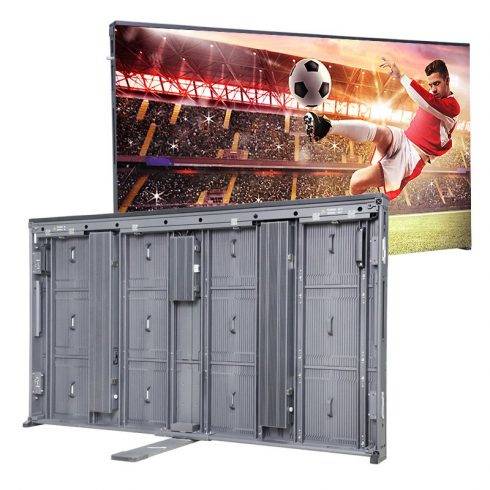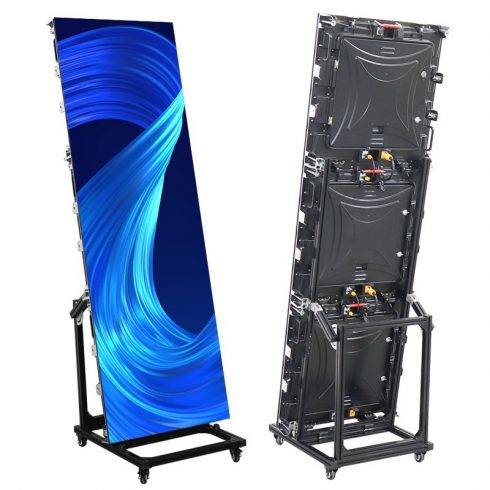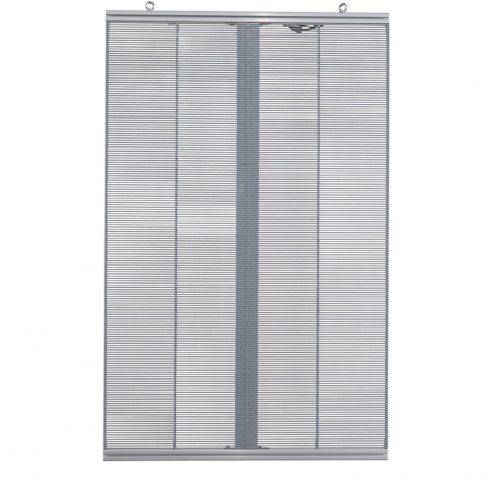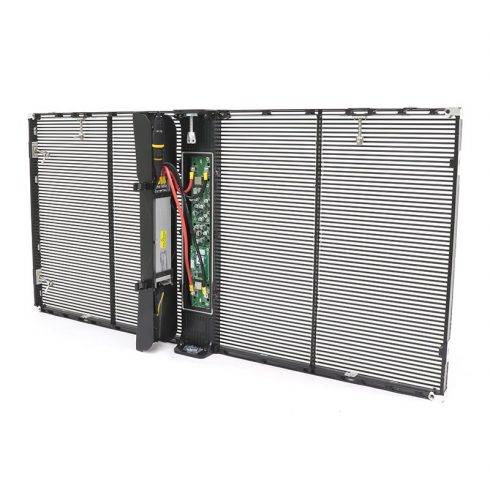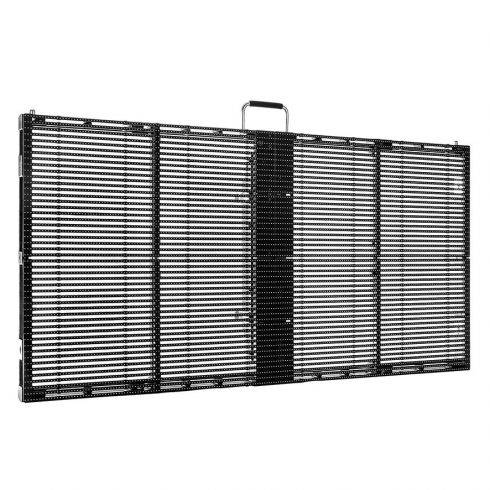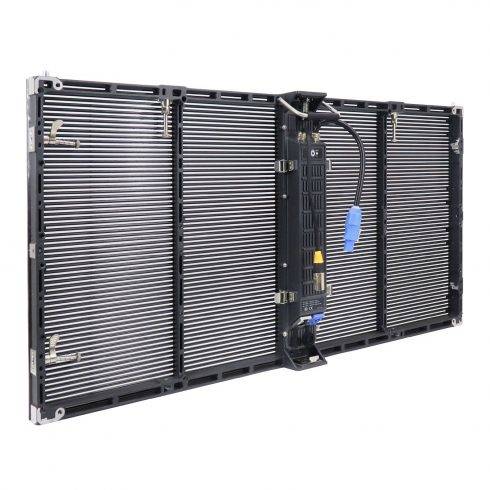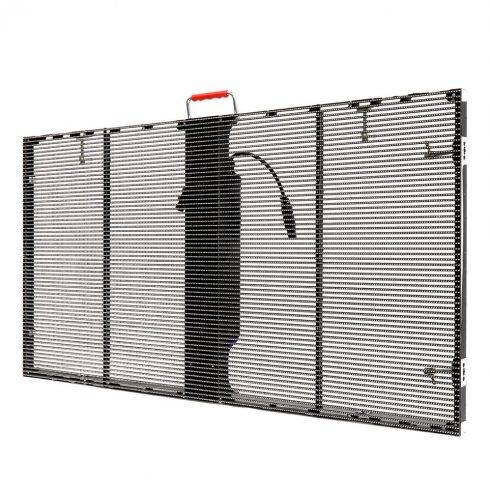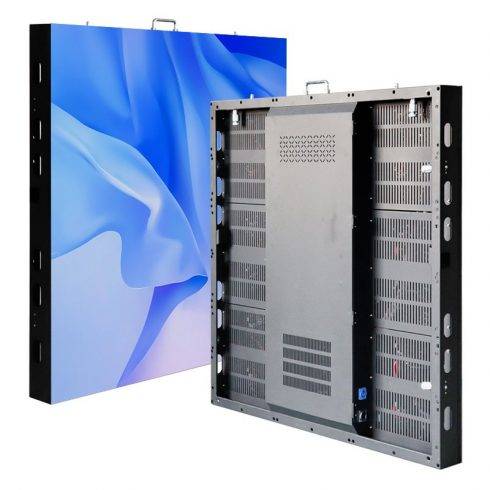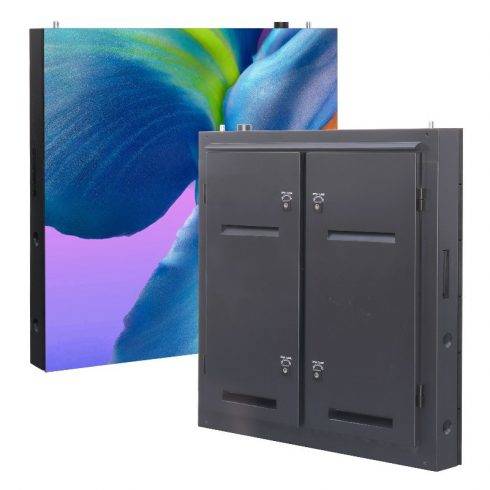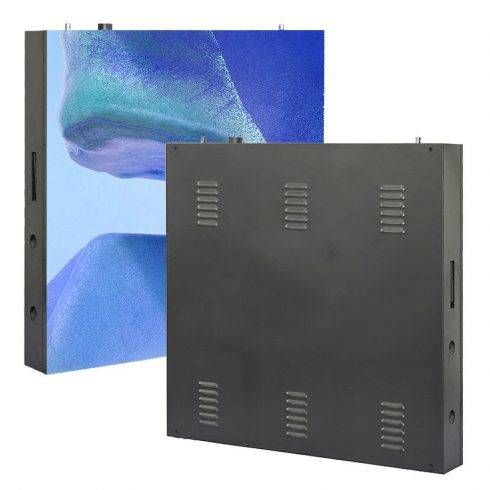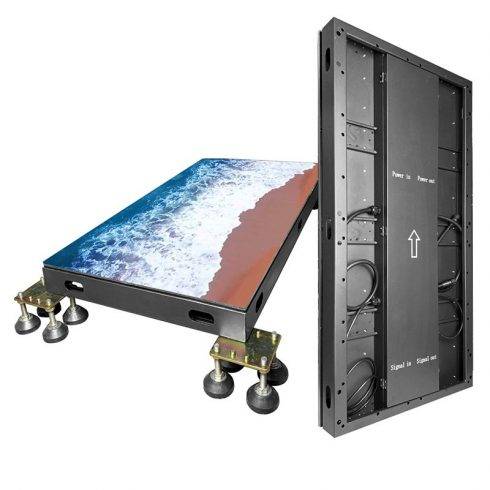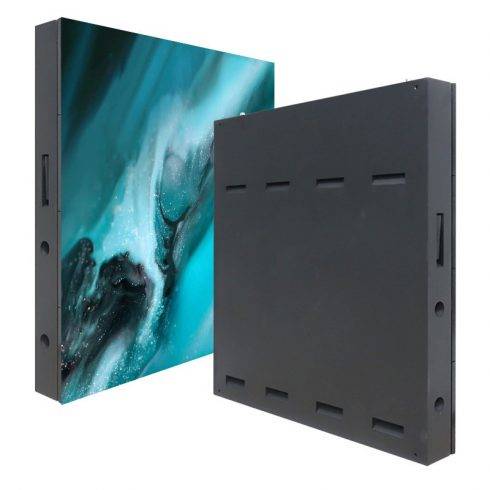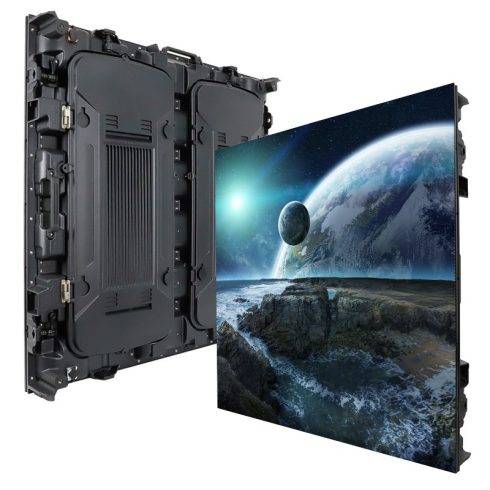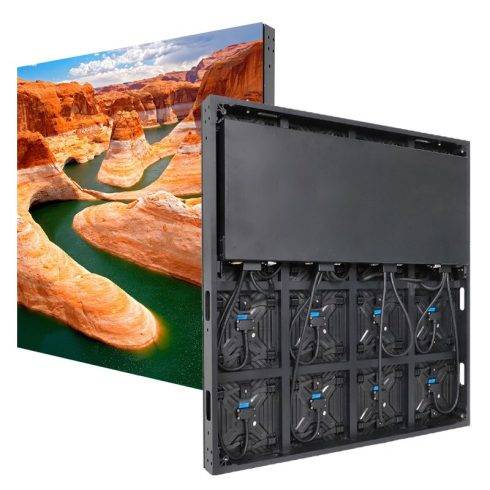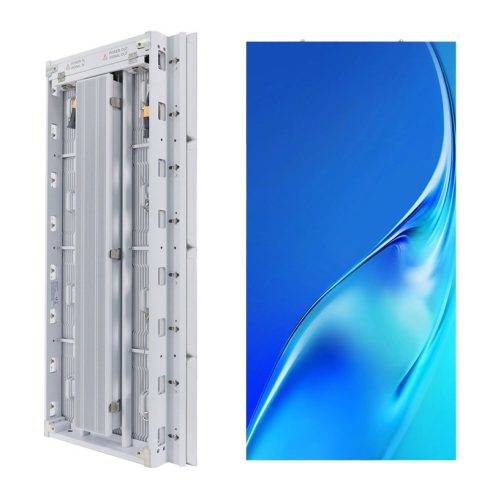Fixing LED screen lamps, often used in monitors, TVs, and other display devices, requires a careful approach. These screens rely on LED backlighting to produce images, and issues with these lamps can lead to problems like dimming, flickering, or no display. Here’s a comprehensive guide to fixing LED screen lamps, covering tools, safety precautions, common issues, and step-by-step repair instructions.
Tools and Materials Needed
Before you start, gather these tools and materials:
- Screwdrivers (Phillips and flat-head)
- Multimeter
- Soldering iron and solder
- Insulating tape
- Wire cutters/strippers
- Replacement LED strips or drivers
- Suction cups (for removing the screen)
- Anti-static wrist strap
- Safety gloves and goggles
Safety Precautions
- Power Off: Ensure the device is unplugged and powered off before beginning any repair.
- Discharge Capacitors: Discharge any capacitors in the power supply to prevent electrical shocks.
- Static Protection: Use an anti-static wrist strap to prevent damage to sensitive components.
- Work in a Safe Environment: Use insulated tools and ensure your work area is dry and free from hazards.
Common LED Screen Lamp Issues
- No Backlight: The screen remains dark even if the device is on.
- Flickering Backlight: The backlight flickers, causing an unstable image.
- Dim Backlight: The screen is dim, making it hard to see the image.
- Uneven Lighting: Parts of the screen are brighter or darker than others.
Step-by-Step Repair Process
1. Initial Inspection
Visual Inspection:
- Check for visible damage to the screen or housing.
- Look for burnt or damaged components on the circuit board.
Testing with a Multimeter:
- Test the continuity and voltage of the LED strips and driver circuits.
2. Disassembling the Screen
Remove the Back Cover:
- Use a screwdriver to remove screws from the back cover.
- Gently pry open the cover, taking care not to damage the plastic clips.
Disconnect Cables:
- Disconnect any ribbon cables or connectors between the screen and the circuit boards.
- Note the positions and orientations of these cables for reassembly.
Remove the Screen Panel:
- Use suction cups to lift the screen panel carefully.
- Place the screen on a flat, protected surface.
3. Identifying and Testing LED Strips
Locate the LED Strips:
- LED strips are typically located along the edges or behind the screen.
- Remove any additional screws or clips holding the strips in place.
Test the LED Strips:
- Use a multimeter to test each LED on the strip.
- Look for any LEDs that do not light up or have inconsistent readings.
4. Fixing Common Issues
No Backlight:
- Blown LED: Replace the faulty LED strip. Desolder the bad strip and solder in a new one.
- Faulty Driver: Test and replace the driver circuit if it’s not supplying the correct voltage.
Flickering Backlight:
- Loose Connections: Secure any loose connectors or re-solder loose joints.
- Faulty Capacitors: Replace any capacitors in the power supply that appear swollen or damaged.
Dim Backlight:
- Aging LEDs: Replace the entire LED strip if the LEDs have dimmed over time.
- Driver Issue: Ensure the driver is providing adequate power and replace it if necessary.
Uneven Lighting:
- Reposition LED Strips: Ensure the LED strips are correctly positioned and secured.
- Replace Diffuser: Replace any damaged or misaligned diffusers that help spread the light evenly.
5. Replacing LED Strips
Desolder Old Strips:
- Use a soldering iron to carefully desolder the faulty LED strip.
- Clean the contacts on the circuit board.
Install New Strips:
- Align the new LED strip with the contact points.
- Solder the new strip in place, ensuring strong connections.
Test the New LEDs:
- Power on the device briefly to test the new LED strips.
- Ensure they light up evenly and without flickering.
6. Reassembling the Screen
Reattach the Screen Panel:
- Carefully place the screen panel back into the frame.
- Reconnect any ribbon cables or connectors, ensuring they are properly seated.
Replace the Back Cover:
- Align the back cover and snap it into place.
- Secure it with screws.
Final Testing:
- Power on the device and check the screen for proper operation.
- Verify that the backlight is functioning correctly and that the screen displays evenly.
Troubleshooting Tips
- Check for Compatibility: Ensure replacement parts match the specifications of your device.
- Use Quality Components: Opt for high-quality LED strips and drivers to ensure longevity.
- Document the Process: Take notes or photos during disassembly to assist with reassembly.
When to Seek Professional Help
If you encounter complex issues or feel uncomfortable working with delicate electronics, it’s best to seek help from a professional technician. They have the expertise and tools to handle intricate repairs safely.
Preventive Maintenance
- Regular Cleaning: Keep the device clean and dust-free.
- Avoid Overuse: Turn off the screen when not in use to prolong the life of the LEDs.
- Stable Power Supply: Use surge protectors to protect against power surges.
By following these steps, you can address most common issues with LED screen lamps and perform effective repairs. This not only saves money but also extends the lifespan of your screen.







